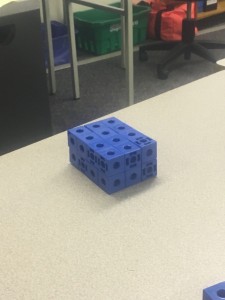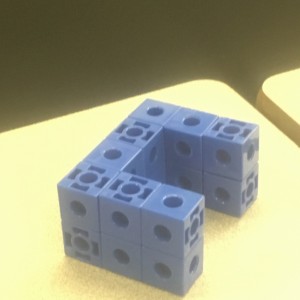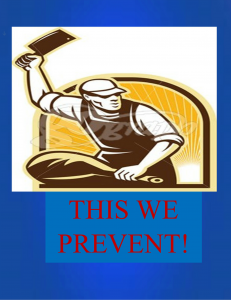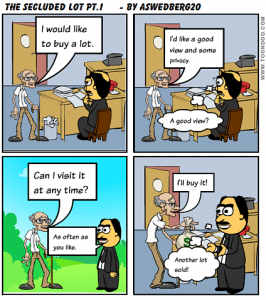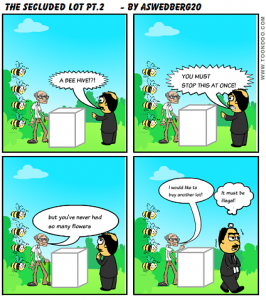In math 9 we learned more about surface area and volume. We did this by using linking cubes and made shapes, where a singular cube would have a side length of 1 or 2 units. The difference of surface area and volume is that surface area is the area of the outside of the object while volume is the total amount of matter contained within the object. These are the formulae of a rectangular prism: S.A. 2(L*W+W*H+L*H) Volume: L*W*H
each cube has a side length of 1u
2(3*4+3*2+4*2) = 52u²
2(4*4+2*4+4*2) = 64u²
2(2*4+2*3+4*3-4) = 44u²
2(2*3+2*4+4*3-4)=44u²
each cube now has a side length of 2u
2(2*3+2*4+3*4)*2 =52u²*2 =104u²
2(2*4+4*2+2*2)*2 =38u²*2 =76u²
